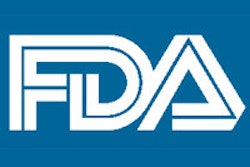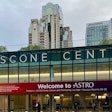Breast brachytherapy firm Cianna Medical is highlighting results of a trial examining the long-term side effects of strut-based brachytherapy for early-stage breast cancer at this week's American Society of Breast Surgeons (ASBrS) meeting.
Treatment with the Strut-Adjusted Volume Implant (SAVI) system resulted in very low rates of late toxicities, even in patients with minimal space between the tumor cavity and skin, or skin bridges, according to Dr. Emily Penman, from the Helen F. Graham Cancer Center in Newark, DE, and colleagues.
The study included 468 patients (469 breasts) treated with strut-based brachytherapy from 2007 to 2011. Of that group, 113 patients (114 breasts) had skin bridges of 5 mm or less. Penman's group analyzed cutaneous toxicities such as hyperpigmentation, erythema, and telangiectasias for the entire cohort and for those patients with small skin bridges.
Toxicity post-treatment for the entire group (with a median follow up of 27 months) was low:
- Hyperpigmentation: 0.2%
- Erythema: 1.5%
- Telangiectasias: 1.3%
Toxicities were similarly low for the group of women with skin bridges of 5 mm or less, with hyperpigmentation at 0%, erythema at 2.6%, and telangiectasias at 1.8%.
Penman's team used data from the SAVI Collaborative Research Group (SCRG), which studies the long-term outcomes of women treated with strut-based brachytherapy, Cianna Medical said.



















